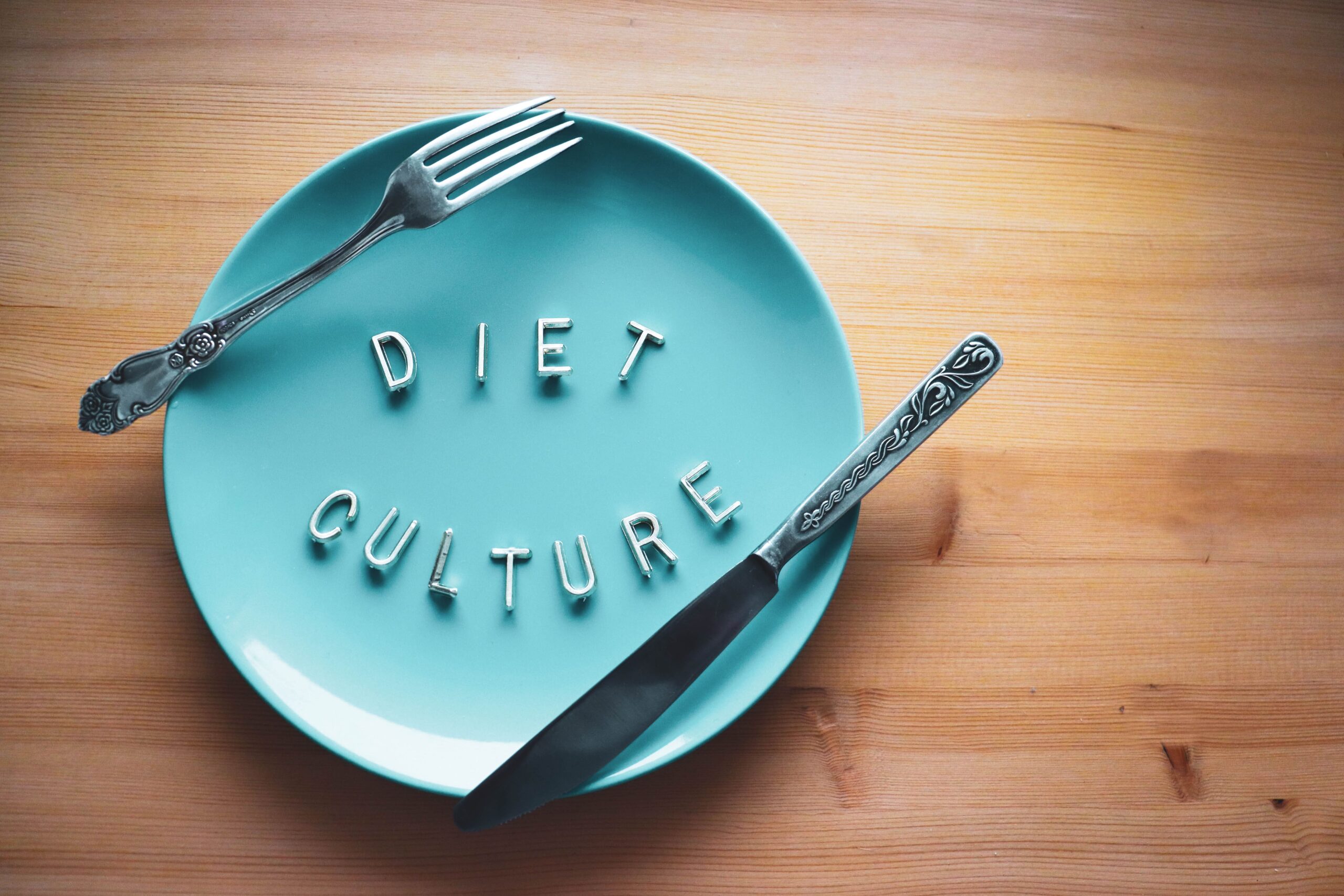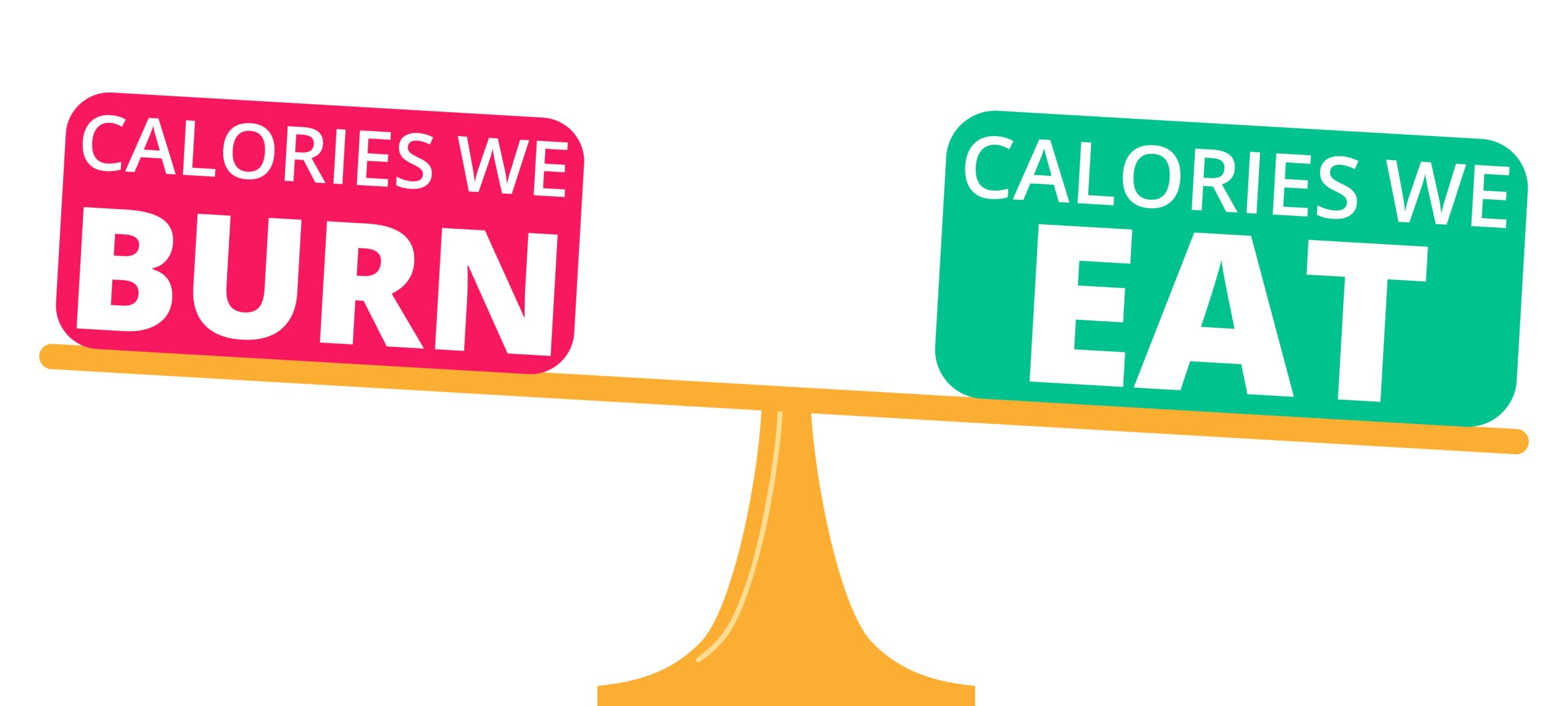Why embodiment work needs to be included in eating disorder recovery
Before you start reading this article, pause for a second.
Take a deep breath in through your nose, hold it for a moment, and then let it fall out of your body.
Take another breath in, and this time notice the sensation of the cool air travelling in through your nose and down into your lungs. Feel your rib cage move up as the breath fills your body. Now, release the breath back out through your nose and notice the warmer air on your top lip as it leaves your body.
This short exercise only took a few moments, but it allowed you to be a little more present and a little more connected to your physical body. This is one of many examples of what practicing embodiment can feel like.
In this article, we want to highlight the importance of becoming embodied, especially in eating disorder recovery. This is something we feel passionate about – after all, it’s in our name!
The concept of embodiment and its related theories are extremely complex and based heavily in neurobiology, so we want to be transparent in the fact that this article will be a simplified summary and will really only scratch the surface of this interesting topic. However, we’ve included some resources at the bottom of this page for you to learn more.
What is embodiment and why should I care?
Embodiment is essentially the connection between mind and body – both the lived body (the felt and experienced body) and the physical body (the aesthetic and anatomical body). It is the act of being aware and present within the body, and having an understanding of how and what the body is attempting to communicate.
As a society, we have become disconnected from our bodies. Rather than engagement and communication, objectification of the human body has become the norm. In other words, we see the body as a purely aesthetic thing rather than as a source of wisdom and information – thanks diet culture!
The body communicates with us constantly through the five senses, internal sensations and movement. However, we are not always able to hear it.
Interoception is the processing, representation and perception of bodily signals – in other words, it is the body’s ability to sense itself from the inside. A high sensitivity to this is known as interoceptive awareness. Studies have shown that limited interoceptive awareness is strongly associated with risky decision-making, compromised cognitive function and poor self-regulation of emotions and behaviours.1 A common way that researchers test someone’s interoceptive awareness is by asking them to identify the rate of their own heartbeat without feeling for their pulse.
Disembodiment and poor interoceptive awareness occur when we are chronically outside what we call our window of tolerance.
The window of tolerance is the psychological space where we feel safe, are able to manage daily stressors and fully engage socially with the world around us. When we are outside this space, somatic dysregulation occurs. In other words, the body reacts to stress by becoming either hyperaroused (feeling anxious, angry and out of control) or hypoaroused (feeling numb, exhausted and depressed) in order to cope with what is going on around us.
Leaving our window of tolerance every now and then is a normal part of being human, and the body is designed to be able to self-regulate when this happens. However, as a result of extreme stress, trauma, mental illness and/or other factors, our window of tolerance can sometimes shrink, meaning it takes only a small disruption for us to feel unsafe. This is what happens in people with eating disorders.
Why is embodiment important for eating disorder recovery?
Luckily for us, embodiment work and eating disorders is a strong interest area for many researchers, which means there is constantly new information emerging about this concept.
Research has found that the body’s ability to process somatosensory information is altered in people with eating disorders, and this can persist after recovery.2 For example, the heartbeat perception test described earlier in this article was undertaken in a group of 28 females with anorexia nervosa. Their ability to accurately identify their pulse was significantly worse than people without an eating disorder, as was their ability to recognise bodily sensations related to hunger and satiety.3
Another study published in 2019 found that feeling extraneous from one’s own body (in other words, feeling disembodied) is associated with poor interoceptive awareness, and is a strong risk factor for the development of eating disorder symptoms.4 This study also found that poor interoceptive awareness is associated with distorted body image, impulsivity and compromised decision-making abilities, which are all common characteristics seen in people with eating disorders.
Studies have also demonstrated that interoceptive sensitivity predicts malleability of body-representations.5 This suggests that poor interoceptive awareness decreases the accuracy with which we view our own body, increasing the likelihood of distorted body image.
People struggling with eating disorders often see their body as the enemy.
However, disordered behaviours are one of the body’s ways of communicating underlying somatic dysregulation. As such, the body should be seen as a resource and utilised as part of the solution, rather than as part of the problem.
How can I feel more embodied?
There are tonnes of practices you might mindfully engage in order to become more embodied! Some of our favourites are:
- Breathwork and meditation
- Body scans
- Yoga, especially Shavasana (corpse pose) and Viparita Karani (legs up the wall pose)
- Aromatherapy
- Tai Chi
- Massage, including self-massage or rubbing in lotion
- Use of weighted objects, such as a weighted blanket or toy
- Shaking it out – this sounds silly but animals do this after a period of fight/flight! Keep your feet firmly planted on the ground and bounce, swing, sway, shake – whatever feels right!
- Walking with bare feet on grass or sand
- Hugging a pillow to your chest and breathing deeply, feeling your body against the cushion
Further resources for learning about embodiment
Books
- Bessel van der Kolk: The Body Keeps the Score
- Daniel Siegel: The Developing Mind
- Giten Tonkov: Feel to Heal
- Niva Piran: Journeys of Embodiment at the Intersection of Body and Culture
Websites
- https://www.catherinecookcottone.com
- https://www.embodiedrecovery.org
- https://www.youtube.com/user/BodyMindCentering
- https://drdansiegel.com
Our ultimate goal with our clients is to help them to build trust with their body in order to be able to let it guide them. Reach out to us at [email protected] for more information about how we can work with you to achieve this.
Karli Battaglia, APD
EHL Team x
References:
- Herbert B, Pollatos O. The Body in the Mind: On the Relationship Between Interoception and Embodiment. Topics in Cognitive Science. 2012;4(4):692-704.
- Eshkevari E, Rieger E, Longo M, Haggard P, Treasure J. Persistent body image disturbance following recovery from eating disorders. International Journal of Eating Disorders. 2013;47(4):400-409.
- Pollatos O, Kurz A, Albrecht J, Schreder T, Kleemann A, Schöpf V et al. Reduced perception of bodily signals in anorexia nervosa. Eating Behaviors. 2008;9(4):381-388.
- Cascino G, Castellini G, Stanghellini G, Ricca V, Cassioli E, Ruzzi V et al. The Role of the Embodiment Disturbance in the Anorexia Nervosa Psychopathology: A Network Analysis Study. Brain Sciences. 2019;9(10):276.
- Tsakiris M, Jiménez A, Costantini M. Just a heartbeat away from one’s body: interoceptive sensitivity predicts malleability of body-representations. Proceedings of the Royal Society B: Biological Sciences. 2011;278(1717):2470-2476.










